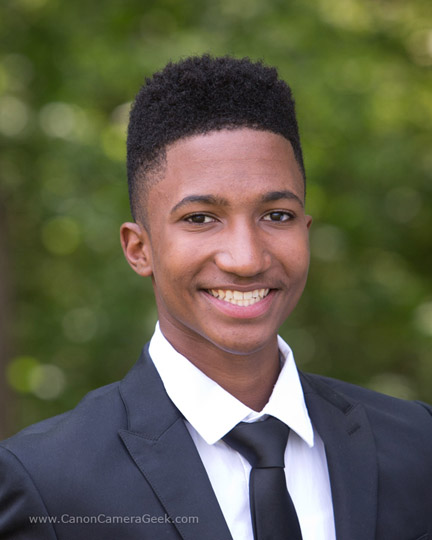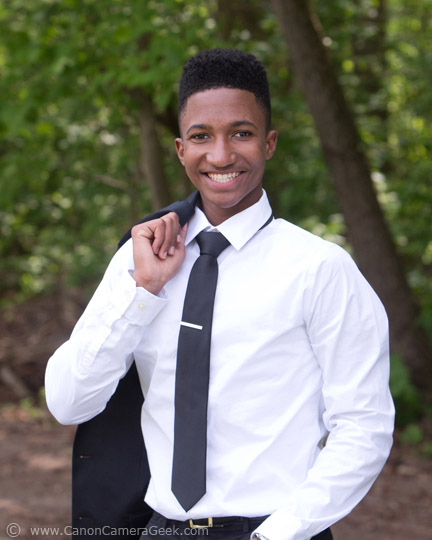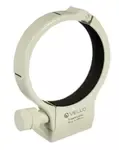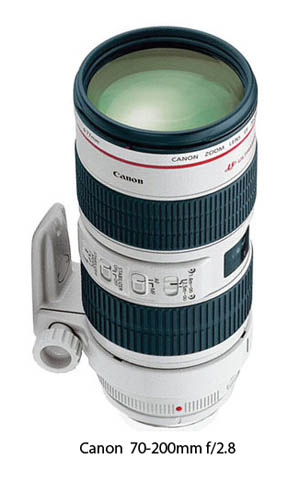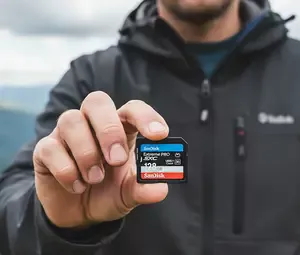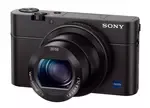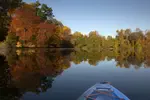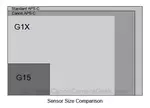Good Bokeh with the Canon 70-200 Lens
WRITTEN BY: BRUCE LOVELACE
UPDATED: JANUARY 15, 2024
Can you get good bokeh with the Canon 70-200 f/4.0 compared to the f/2.8? It's easy to get confused with the amount of softness of the background and the quality of the out-of-focus.
Getting good bokeh with either of the Canon 70-200 Lens is easy for you to accomplish if you use the right camera settings.
Getting good bokeh will make your portraits so much better, but how can you get that beautiful out of focus blurriness with the Canon EF 270200mm lens?.
It's all about zoom setting, f/stop, and distances.
If the distance between the subject and the background is sufficient, you get adequate bokeh at f/5.0.
With the 70-200 zoomed to 95mm, the bokeh is a little better than you'd get if you were shooting at a 70mm zoom setting.
BOKEH: The pleasing out-of-focus quality of the background that you get from a particular lens.
How to Get Good Bokeh with the Canon 70-200 Lens
Here are the three ways to get more bokeh in your photos using the Canon EF 70-200mm lens - and any other lens for that matter.
Use the Widest Aperture for the Most Bokeh
One of the biggest reasons Canon shooters love the 70-200 is for its maximum aperture of f/2.8. This gives you the ability to shoot in low-light situations as well as get faster shutter speeds for action photos.
Portrait photographers love the beautiful bokeh you can get shooting wide open at f/2.8. It's great for photographs of individuals, but with group shots you need more depth of field to make sure everyone is in focus.
Longer Zoom Means More Bokeh
You'll achieve more dramatic bokeh at 200mm than you will at 70mm. I've used my 24-105mm lens at 105mm at f/4.0 and that combination has given me decent bokeh.
Shooting with a 200mm lens setting gives you much more than just a decent bokeh effect.
Adjust Your Distances to Get the Maximum Bokeh
Subject and background distances affect the bokeh with the Canon 70-200 lens. When you bring the focusing point closer to the camera it gets farther away from the background.
The diagram below shows you how to get the best bokeh by adjusting the camera-to-subject and subject-to-background distances.

One more thing that affects the type of bokeh you get is the number of blades in the camera lens diaphragm. The more blades there are, the smoother the circular pattern in the background highlights.
Many camera lenses have 6 blades. Fans of bokeh like 9 or more blades. I hope this post on controlling bokeh with Canon lenses was helpful. was helpful. Use the search box below for other posts on this site or use one of the related links below my signature
Have a blast. Shoot a Canon!
Search for articles on this Site:


Bruce Lovelace is the publisher of Canon Camera Geek. Read more about him on the About Page. He also publishes how to articles and camera gear reviews at the Photography Tips website.
View some of Bruce's photos on Instagram and Flickr. Join the tribe of followers on YouTube. Bruce also runs photo workshops and provides 1 on 1 digital photography coaching.
Search for articles on this Site:
Recent Articles
-
Choose the Right Memory Card for Your Canon R6 Mark II: Speed And Size
Nov 05, 25 02:04 PM
R6 Mark II Memory Card -
Canon G1x Mark II vs G1X-Side By Side Comparison of Canon G1X Cameras
Oct 22, 25 08:35 AM
G1 X Mark II vs. G1 X: Is the New Version a HUGE Leap... Or a Massive Mistake? Canon responded to the criticisms of the original G1X. Canon G1X Mark II vs G1X -
Sony RX100 III vs G1x Mark II by Canon. Side by Side Comparison
Oct 22, 25 08:07 AM
It's another one of those epic camera battles, this time not the Canon vs Nikon but rather the RX100 III Vs G1X Mark II battle. -
Canon R6 Mark II FAQ. Answers To All of Your Canon R6 M2 Questions
Sep 01, 25 07:51 AM
There's a lot you can easily learn about Canon's mirrorless R6 Mark II camera. Get your questions answered in this R6 Mark II FAQ -
Canon G1X Sensor Size. What Are The Specs on The Canon G1X Sensor
Aug 26, 25 11:39 AM
Here is a comparison of the Canon G1X sensor size with the rest of the "G" series Canon cameras
Sign up for a monthly update
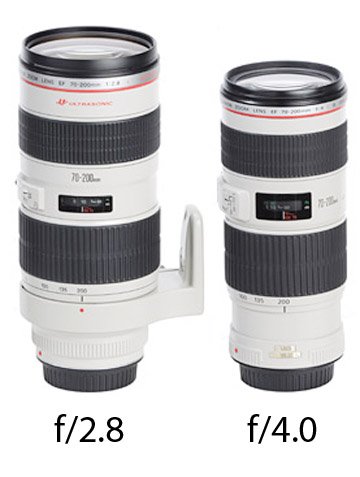 EF 70-200 Lenses
EF 70-200 Lenses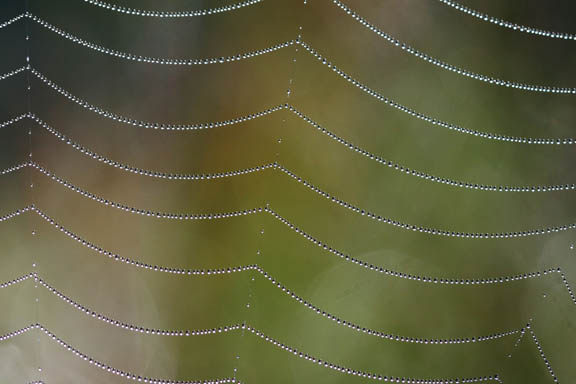 Macro Means Bokeh
Macro Means Bokeh